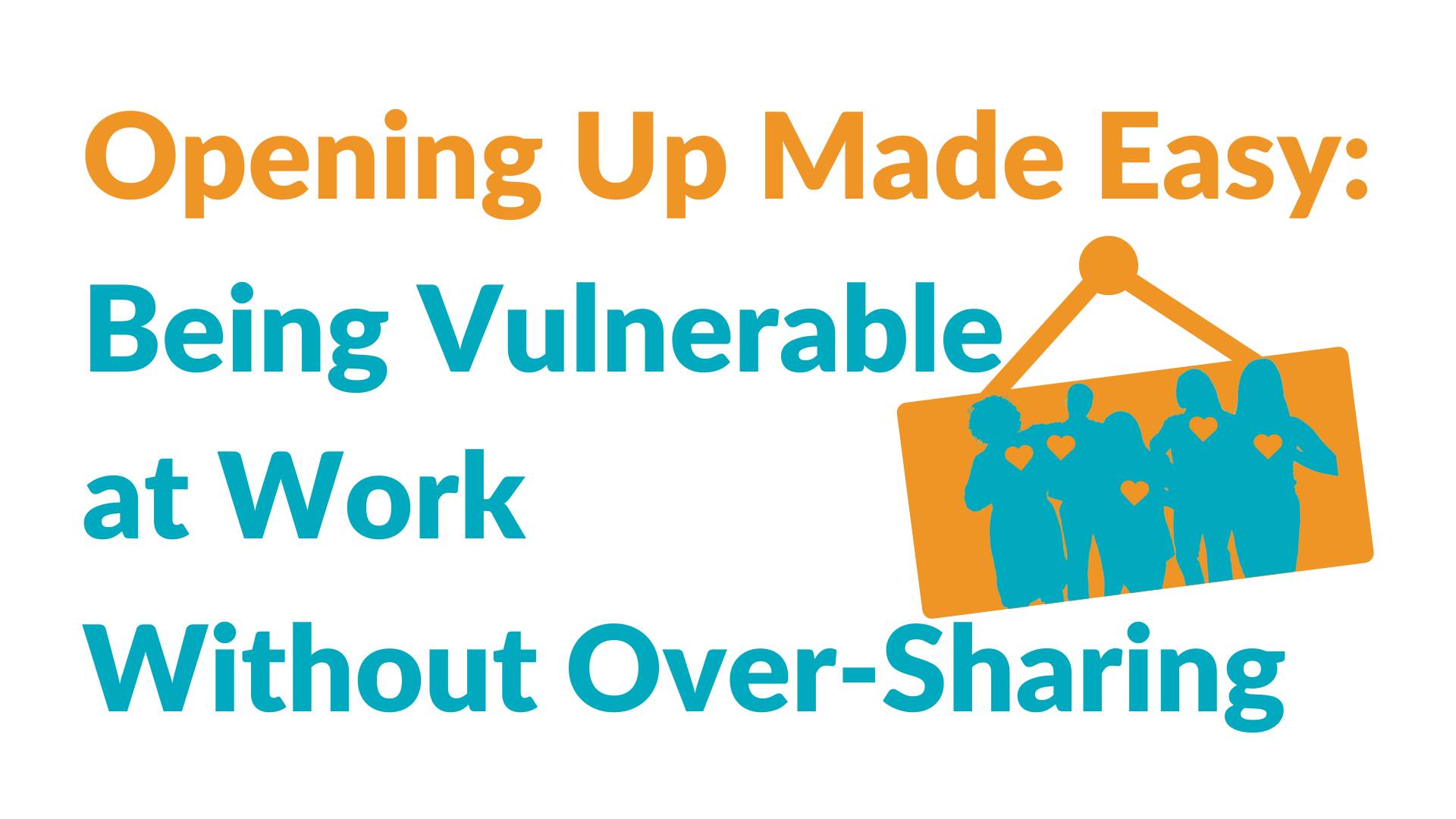Setting and expressing boundaries is crucial for maintaining healthy relationships and ensuring your well-being. Here are five practical strategies to help you communicate your boundaries clearly:
- Be Proactive: Inform others of your boundaries before they are tested. For example, you might say, “I don’t check email at night.”
- Explain Why: People are more likely to respect your boundaries if they understand the reasons behind them. For instance, “I don’t check email at night because I’m focusing on my family.”
- Share the Impact: Describe the consequences when your boundaries are not respected. “I don’t check email at night to spend time with my family. When I’m working instead, they feel neglected.”
- Understand Why: Sometimes, people push boundaries for reasons unrelated to you. Ask clarifying questions like, “I’ve noticed you email me a lot at night. Is this because you expect a response, or is it just your working hours?”
- Express Discomfort: As a last resort, communicate your discomfort directly. Use phrases like, “I’m uncomfortable,” rather than “You make me uncomfortable,” to avoid making others defensive. If asked, you can explain why or simply acknowledge your discomfort.
Embracing these techniques will help reduce stress and build healthy relationships. Knowing your boundaries is essential. If you’re unsure what they are, check out my video on the Rubber Band Rule: The Rubber Band Rule: Recognize when your boundaries are being pushed.
For more guidance on saying no to your boss, coworkers, or friends, check out our video explainer.
If you found this video helpful, please like and share it.








Leave a Reply